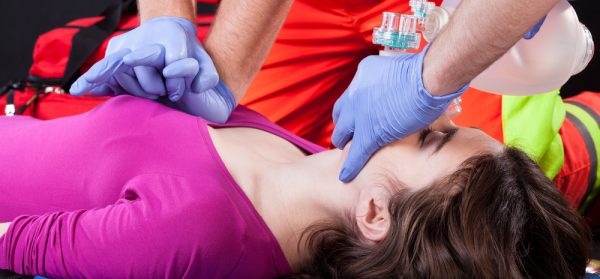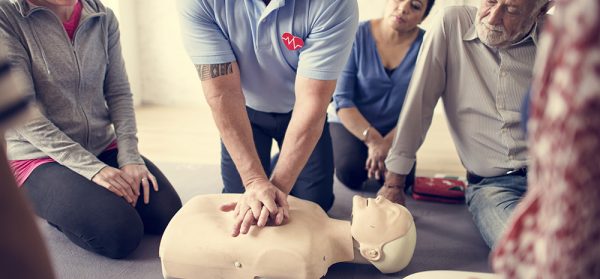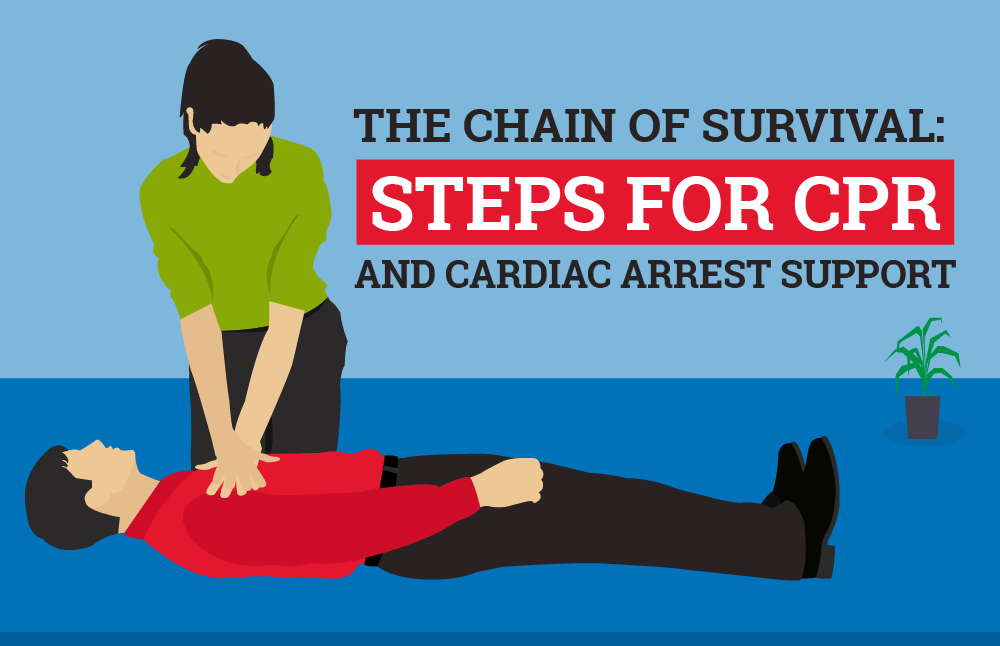
CPRNM® is a comprehensive directory designed to connect individuals and employers with top-tier training
providers including the AHA®, Red Cross®, and other training providers.*
Heart disease is the number one health problem in the United States with lives being lost from sudden cardiac arrests approximately every two minutes. Sudden cardiac arrest (SCA) is a condition that occurs when the heart stops beating abruptly and without warning. It differs from a heart attack because the cause is electrical rather than a circulation issue caused by a blocked artery. Cardiac arrest is triggered by an electrical malfunction and often comes on very suddenly. Loss of function then causes the heart to stop pumping blood to the organs, heart and brain. If not treated, death can result within minutes.
SCA can strike almost 600,000 individuals per year with close to 400,000 of these incidents occurring outside of a hospital. [1] Less than 6% of these individuals survive, making cardiac arrest the third leading cause of death in the United States. How quickly people who suffer cardiac arrest receive treatment is a major factor in the likelihood they will survive.
The Chain of Survival was created to describe the steps to dealing with cardiac arrest including early recognition and access, early CPR, and early defibrillation and advanced life support. In 1991, the American Heart Association and other organizations adopted it to try and emphasize the importance of recognizing symptoms of sudden cardiac arrest and responding quickly. Bystanders to sudden cardiac arrest events can help to save lives by learning the five steps of the Chain of Survival as defined by the American Heart Association. These include critical interventions that can be performed in both out-of-hospital and in-hospital setting.
Step 1: Early recognition of the symptoms of cardiac arrest and activation of the emergency response system
Recognize symptoms of an SCA
This includes immediate recognition that a cardiac arrest has occurred based on a victim’s unresponsiveness and lack of breathing. Victims may also experience agonal breathing, or gasping, and seizures.

SCA can strike almost
600,000
individuals per year

400,000
incidents occurring
outside of a hospital

Less than 6%
survival rate
Notify emergency response system
The first step also includes notifying rescue personnel through dialing 9-1-1 or another emergency number. Some facilities may also have an internal alert system that can trigger responses by a designated person or team of trained personnel. If the facility has an automatic external defibrillator (AED), the rescuer, if alone, should retrieve that immediately. Calling an emergency response system as soon as possible can give the next two steps a better chance of success.

Recognize symptoms
of an SCA

Call 9-1-1
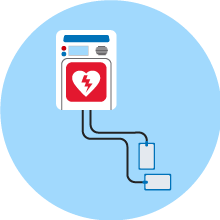
Use an AED if available
Step 2: Administering early CPR
Begin CPR
After symptoms have been identified and a bystander has called 9-1-1 or an equivalent emergency response system, the next step in the chain of survival is to immediately begin cardiopulmonary resuscitation or CPR. The American Heart Association recommends that chest compressions begin promptly regardless of a rescuer’s training or available resources. This includes rescuers who are able to add mouth-to-mouth ventilations to chest compressions. CPR should be started immediately and the former directive of “look, listen and feel” no longer applies.
Provide high-quality CPR
The focus should be on providing the highest-quality CPR possible with chest compressions of at least 100 per minute. Compressions should also be of an adequate depth. On adults, a compression depth of at least two inches is required while on infants a depth of at least 1 1/2 inches and two inches in children. Completing chest recoil after every compression, sustaining regular compressions without interruption, and avoiding excess ventilation are also steps in high-quality CPR. Untrained rescuers should focus on compression (hands-only) CPR.
Quick CPR can buy much-needed time for a victim
During a sudden cardiac arrest, ventricular fibrillation, an arrhythmia that causes the heart to beat irregularly by quivering instead of contracting, occurs most often. This causes a victim to stop breathing and lose consciousness.
Administering CPR promptly can help oxygenated blood flow to the heart and brain and help to keep the victim alive until trained medical personnel arrive and until an automatic external defibrillator can be used to restore normal heart pumping. While CPR in and of itself cannot fully resuscitate a person in sudden cardiac arrest, the survival rate for victims in SCA goes up the longer a rescuer performs CPR. CPR training can help respondents to provide chest compression plus ventilation to help survival even further.
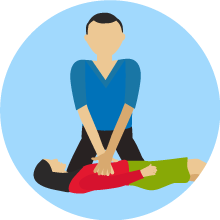
Begin CPR compressions
promptly regardless of a
rescuer’s training or
available resources
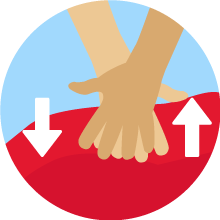
Provide high-quality CPR
with chest compressions
of at least 100 per minute
and adequate depth

Continue administering
CPR until a trained medical
personnel arrive
Early Defibrillation
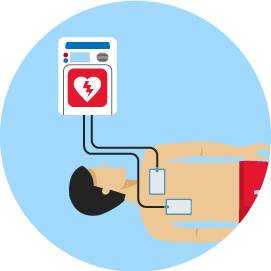
Use an automatic external defibrillator
if available

Pads will have diagrams showing how to
attach the electrode pads to the victim’s chest
Effective advanced life support

Lay persons are should
perform continuous
hands-only CPR
until EMS arrives

Recommended chest
compressions is
100-120 per minute

Recommended depth
is 2-2.4 inches
Integrated post-cardiac arrest care

Quality CPR and fast response
helps a victims stay alive

Calling 9-1-1 and starting
CPR can be life saving

A victim’s survival rate can
increase by up to three times
 May 29, 2017
May 29, 2017 
